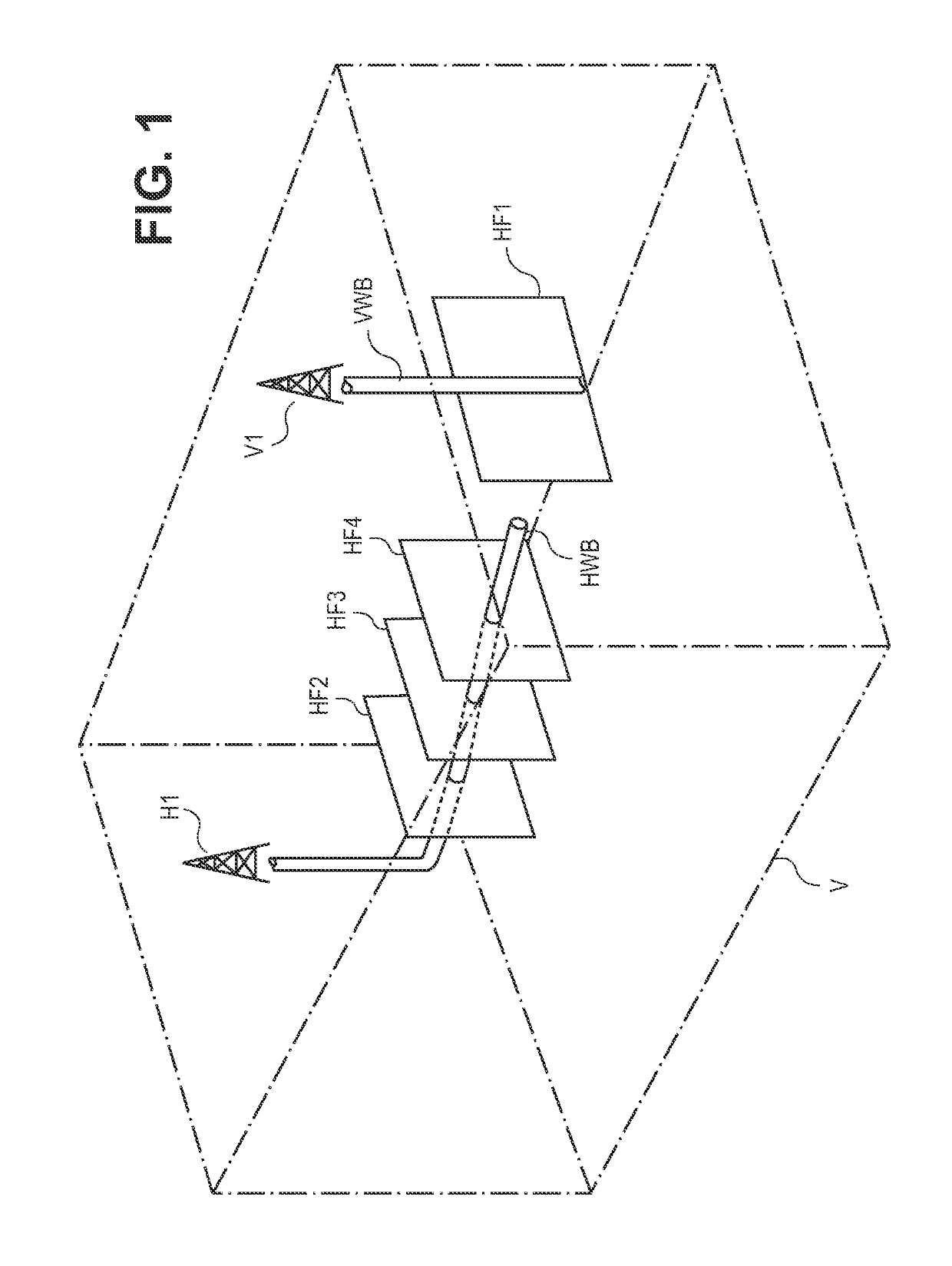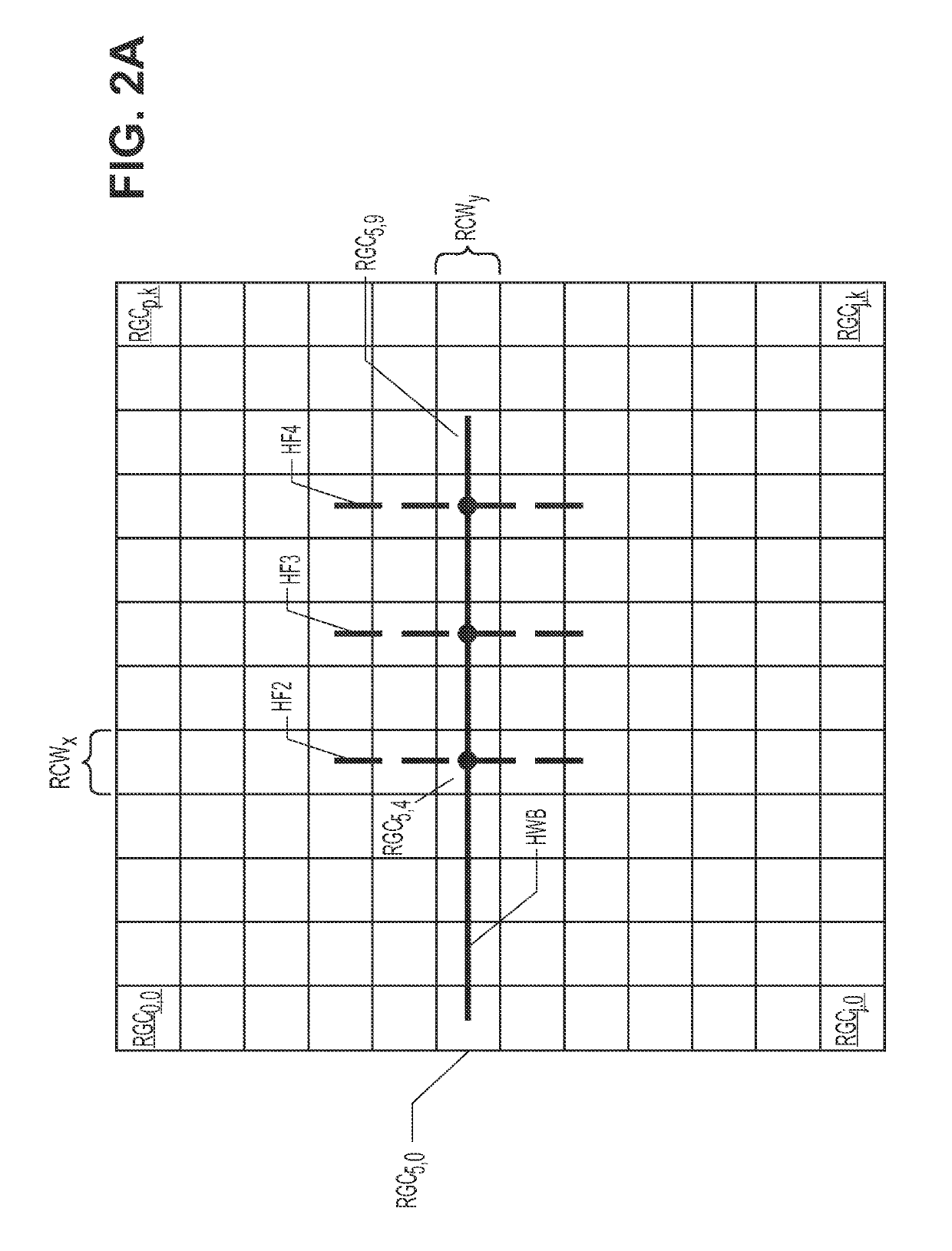Automated generation of local grid refinement at hydraulic fractures for simulation of tight gas reservoirs
a technology of hydraulic fracture and local grid, applied in the field of oil and gas production, can solve the problems of high cost of new well drilling and operating existing wells, low gas production, and significant increase in production over the life of the reservoir, and achieve the effect of reasonable computational complexity and cos
- Summary
- Abstract
- Description
- Claims
- Application Information
AI Technical Summary
Benefits of technology
Problems solved by technology
Method used
Image
Examples
Embodiment Construction
[0039]This invention will be described in connection with its embodiments, namely as implemented into a computerized system and method of operating the same for modeling and simulating the fluid and pressure behavior of tight gas formations in a production field, as it is contemplated that this invention will be especially beneficial in such an application. It is also contemplated, however, that embodiments of this invention can be beneficially implemented in other situations and applications. Accordingly, it is to be understood that the following description is provided by way of example only, and is not intended to limit the true scope of this invention as claimed.
[0040]FIG. 1 illustrates, in a simplified manner, volume V of the sub-surface of the earth, into which two gas wells H1, V1 are deployed. While not shown in FIG. 1, multiple sub-surface strata, or formations, are present within the volume, of varying composition, thickness, and location, depending on the geology and geol...
PUM
 Login to View More
Login to View More Abstract
Description
Claims
Application Information
 Login to View More
Login to View More - R&D
- Intellectual Property
- Life Sciences
- Materials
- Tech Scout
- Unparalleled Data Quality
- Higher Quality Content
- 60% Fewer Hallucinations
Browse by: Latest US Patents, China's latest patents, Technical Efficacy Thesaurus, Application Domain, Technology Topic, Popular Technical Reports.
© 2025 PatSnap. All rights reserved.Legal|Privacy policy|Modern Slavery Act Transparency Statement|Sitemap|About US| Contact US: help@patsnap.com



